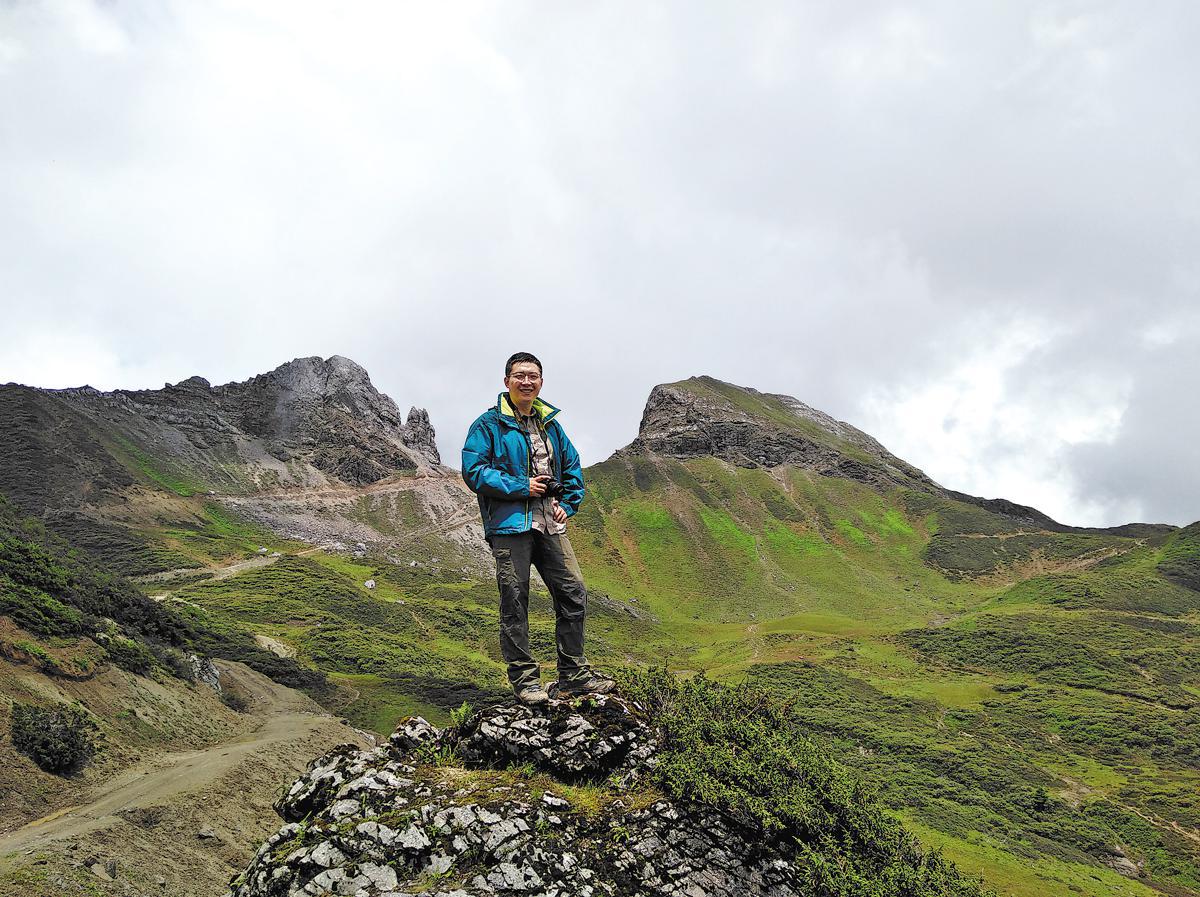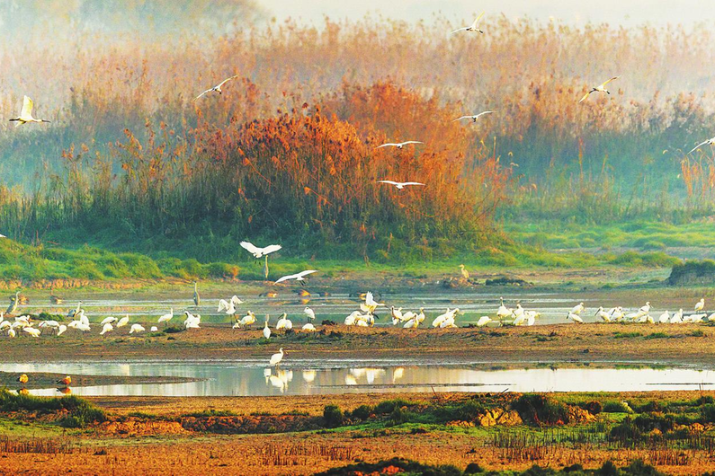New atlas brings nation's largest plant family to book
Botanists hail Atlas of Compositae Plants in China as authoritative, comprehensive work


Wang Long, another chief editor of the atlas and an accomplished plant taxonomist also from the SCBG, reflected on the historical context of Compositae research in China. "Research on China's Compositae plants led by China's experts began in the 1930s. Over these long years, many outstanding domestic experts and scholars have contributed a lot to the research of the plant group," he said.
During the compilation of the atlas, Wang said, the research team collected a vast number of plant specimens, amassing nearly 20,000 of them, representing 6,000 gatherings, in total.
Chen highlighted some of the rare photographs included in the atlas, such as the images of Bolocephalus saussureoides, a unique monotypic genus found only in China, captured by himself for the first time in 2013 in the Xizang autonomous region. "I found the plant at an altitude of 4,500 meters above sea level in a border county," he said.
Another example is Ajaniopsis penicilliformis, the only member of the unique monotypic genus Ajaniopsis, and only known by its type material collected 50 years ago in Namling county in Xizang. In the atlas, they tentatively placed this species in genus Ajania, following a taxonomic treatment made by Chen. "During a botanical expedition in 2019, we successfully rediscovered it on a barren rocky slope at an altitude of 4,700 meters," Wang said.
























